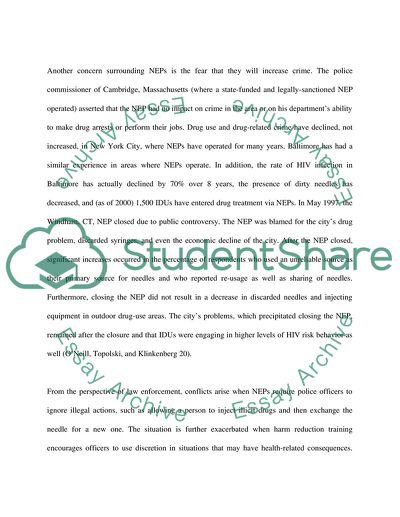Cite this document
(“Pros and Cons of the Clean Needle Exchange Program Essay”, n.d.)
Pros and Cons of the Clean Needle Exchange Program Essay. Retrieved from https://studentshare.org/health-sciences-medicine/1537517-pros-and-cons-of-the-clean-needle-exchange-program
Pros and Cons of the Clean Needle Exchange Program Essay. Retrieved from https://studentshare.org/health-sciences-medicine/1537517-pros-and-cons-of-the-clean-needle-exchange-program
(Pros and Cons of the Clean Needle Exchange Program Essay)
Pros and Cons of the Clean Needle Exchange Program Essay. https://studentshare.org/health-sciences-medicine/1537517-pros-and-cons-of-the-clean-needle-exchange-program.
Pros and Cons of the Clean Needle Exchange Program Essay. https://studentshare.org/health-sciences-medicine/1537517-pros-and-cons-of-the-clean-needle-exchange-program.
“Pros and Cons of the Clean Needle Exchange Program Essay”, n.d. https://studentshare.org/health-sciences-medicine/1537517-pros-and-cons-of-the-clean-needle-exchange-program.


